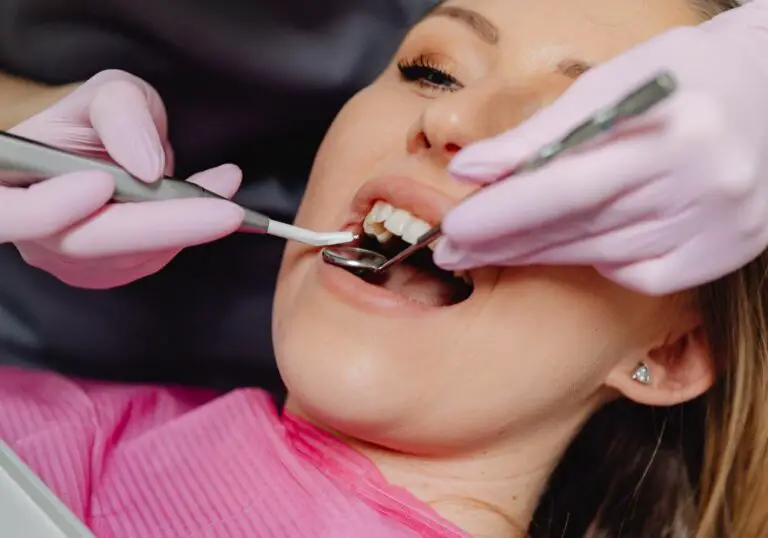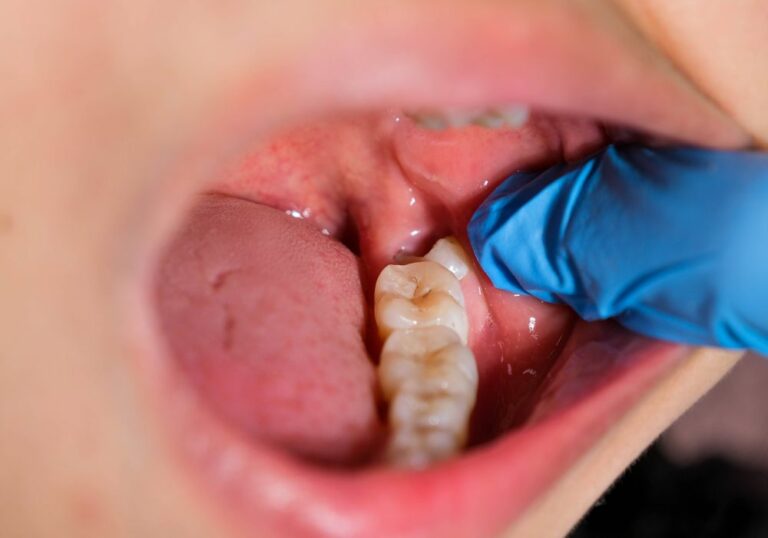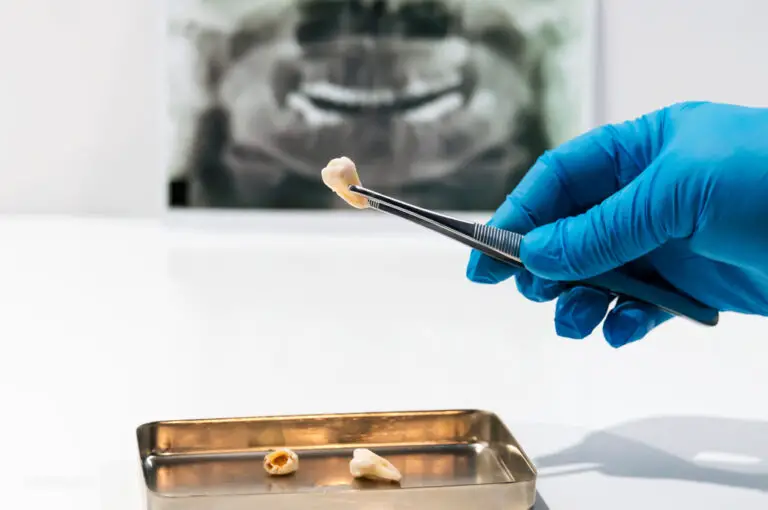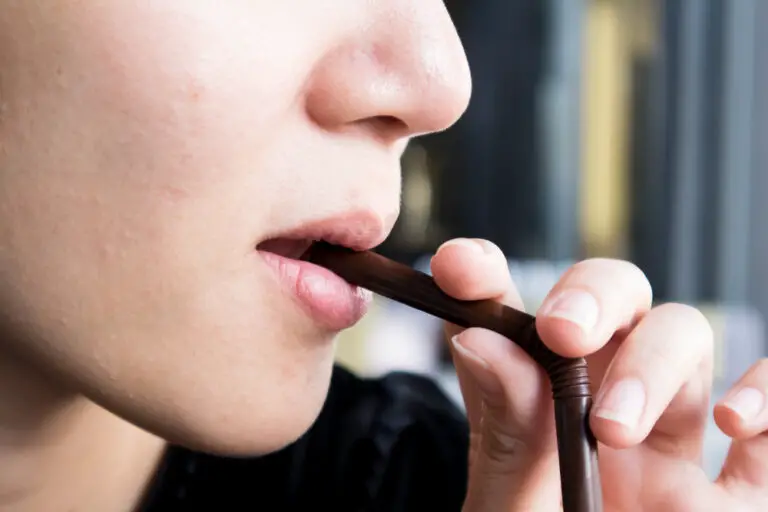Have you ever wondered why some people have perfectly straight teeth while others have teeth that are crooked or misshapen? Teeth come in all shapes and sizes, and their appearance can be influenced by a variety of factors. In this article, we will explore the different factors that can affect the shape of your teeth.
One of the most significant factors that can affect the shape of your teeth is genetics. Just like other physical traits, the shape and size of your teeth can be inherited from your parents. If your parents have small or misshapen teeth, you may be more likely to have the same issues. However, genetics are not the only factor that can affect the shape of your teeth.
Another factor that can affect the shape of your teeth is your oral habits. Habits such as grinding your teeth, biting your nails, or chewing on pencils can all cause your teeth to become misshapen over time. Additionally, poor oral hygiene can lead to tooth decay and gum disease, which can cause your teeth to shift or become crooked. By taking care of your teeth and avoiding bad habits, you can help maintain the shape and appearance of your teeth.
Genetic Factors
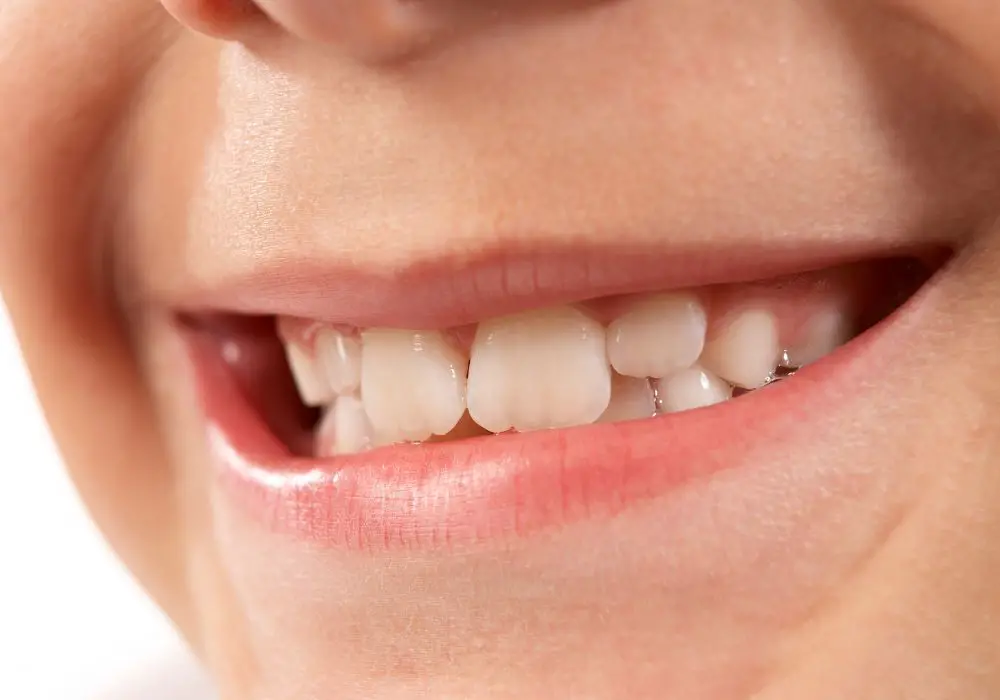
When it comes to teeth shape, genetics plays a significant role. Here are some factors related to genetics that can affect your teeth shape:
Role of DNA
Your DNA contains information that determines your physical characteristics, including your teeth shape. The development of teeth is a complex process guided by specific genetic mechanisms that can be influenced by environmental factors. Genetic mutations or alterations can result in abnormalities in the development of the craniofacial complex and dental structures.
Inherited Traits
The shape and size of your teeth can be inherited from your parents. For example, if your parents have small teeth, you may also have small teeth. Similarly, if your parents have a particular shape or alignment of teeth, you may inherit those traits. The number of roots, the size of cusps, and the groove patterns in crowns are some of the common dental features that can be inherited.
It is important to note that genetic factors are not the only determinants of teeth shape. Environmental factors such as nutrition, oral hygiene, and habits like teeth grinding can also play a role. However, understanding the genetic factors that affect teeth shape can help you take better care of your teeth and maintain good oral health.
Environmental Influences
There are various environmental factors that can affect the shape of your teeth. These factors include your dietary habits and oral hygiene practices.
Dietary Habits
Your diet plays a significant role in the development of your teeth. Consuming foods that are high in sugar and carbohydrates can increase your risk of tooth decay and cavities, which can ultimately affect the shape of your teeth. On the other hand, a diet that is rich in calcium, phosphorus, and vitamin D can promote healthy tooth development and help maintain their shape.
Here are some dietary habits that can affect the shape of your teeth:
- Consuming sugary and acidic drinks and foods can erode the enamel on your teeth, leading to cavities and a change in tooth shape.
- Eating hard and crunchy foods can help strengthen your teeth and promote healthy jaw development, which can ultimately affect the shape of your teeth.
- Drinking plenty of water can help wash away food particles and bacteria that can cause tooth decay and cavities.
Oral Hygiene Practices
Your oral hygiene practices also play a crucial role in maintaining the shape of your teeth. Poor oral hygiene can lead to a buildup of plaque and tartar, which can ultimately affect the shape of your teeth and cause other dental problems.
Here are some oral hygiene practices that can affect the shape of your teeth:
- Brushing your teeth twice a day with a fluoride toothpaste can help remove plaque and prevent tooth decay and cavities.
- Flossing daily can help remove food particles and bacteria from between your teeth and prevent gum disease, which can ultimately affect the shape of your teeth.
- Visiting your dentist regularly for checkups and cleanings can help detect and treat dental problems early, which can ultimately help maintain the shape of your teeth.
Biological Factors

There are several biological factors that can affect the shape of your teeth. These factors include the ageing process and dental health conditions.
Ageing Process
As you age, your teeth naturally wear down and become smaller. This can cause your teeth to shift and change shape. Additionally, the enamel on your teeth can become thinner, which can make your teeth more susceptible to damage and decay.
Dental Health Conditions
Certain dental health conditions can also affect the shape of your teeth. For example, tooth decay can cause your teeth to become misshapen or develop pits or holes. Gum disease can also affect the shape of your teeth by causing your gums to recede, which can make your teeth appear longer or more pointed.
Other conditions that can affect the shape of your teeth include developmental disturbances, such as anomalies of structure, which can be caused by genetic or environmental factors. Additionally, biological factors such as saliva and tooth structure can be related to dental erosion development.
It is important to maintain good dental hygiene habits, such as brushing and flossing regularly, to help prevent dental health conditions that can affect the shape of your teeth. If you notice any changes in the shape of your teeth or experience any dental pain or discomfort, it is important to visit your dentist for an evaluation.
Physical Trauma
Physical trauma is a common cause of dental problems. Accidents, sports injuries, and falls can all lead to damage to your teeth. Physical trauma can affect the shape of your teeth in several ways:
- Chips and Fractures: A hard blow to your teeth can cause chips, cracks, or fractures. These can affect the shape of your teeth and make them look uneven or jagged.
- Dislodged Teeth: If a tooth is hit hard enough, it can be knocked out of its socket. This can change the shape of your smile and lead to other dental problems.
- Tooth Intrusion: Tooth intrusion occurs when a tooth is pushed into the jawbone. This can cause the tooth to appear shorter than the surrounding teeth.
- Tooth Extrusion: Tooth extrusion is the opposite of tooth intrusion. It occurs when a tooth is pulled partially out of its socket. This can cause the tooth to appear longer than the surrounding teeth.
If you have experienced physical trauma to your teeth, it is important to seek dental care as soon as possible. Your dentist can assess the damage and recommend the appropriate treatment. In some cases, a dental crown or veneer may be used to restore the shape of your teeth. In more severe cases, dental implants or other restorative procedures may be necessary.
Preventing physical trauma to your teeth is important for maintaining their shape and overall health. Wearing a mouthguard during sports and other high-risk activities can help protect your teeth from injury. Additionally, practicing good oral hygiene and visiting your dentist regularly can help keep your teeth strong and healthy.
Orthodontic Treatment
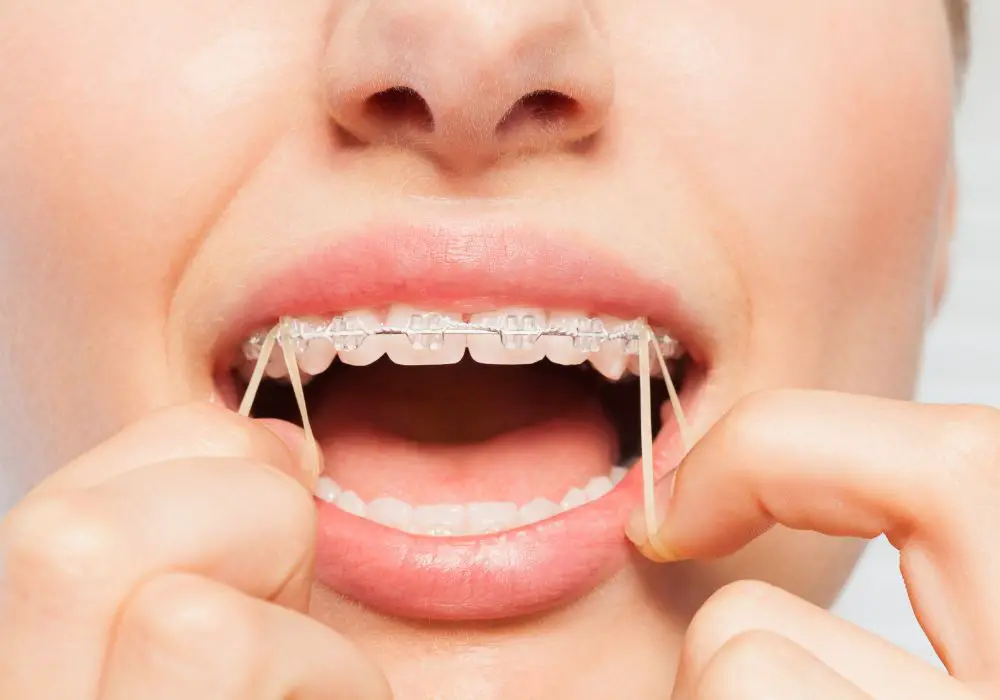
If you have teeth that are misaligned, crowded, or crooked, orthodontic treatment may be recommended to improve their appearance and function. Orthodontic treatment involves the use of braces, aligners, and other devices to move teeth into the proper position.
Orthodontic treatment can help to correct a variety of dental issues, including:
- Crowding
- Overbite
- Underbite
- Crossbite
- Open bite
- Spacing
Orthodontic treatment can also improve the appearance of your smile, boost your self-confidence, and make it easier to keep your teeth clean.
Braces are the most common type of orthodontic treatment and consist of brackets, wires, and bands that are attached to the teeth. The wires are adjusted over time to gradually move the teeth into the desired position.
Clear aligners are another option for orthodontic treatment. They are custom-made to fit your teeth and are virtually invisible. You wear each set of aligners for a specific period of time before switching to the next set.
Orthodontic treatment typically lasts between 12 and 24 months, depending on the severity of your dental issues. After treatment, you will need to wear a retainer to help maintain the new position of your teeth.
It is important to follow your orthodontist’s instructions during treatment to ensure the best possible outcome. This may include avoiding certain foods that can damage your braces or aligners, wearing rubber bands as directed, and keeping your teeth and braces or aligners clean.
Frequently Asked Questions
How can teeth shape change over time?
Teeth shape can change over time due to a variety of factors. One of the main reasons for changes in teeth shape is wear and tear caused by regular use. As you age, your teeth may become worn down, chipped, or cracked, which can change their shape. Additionally, teeth can shift and move over time, which can also affect their shape. This is why it is important to regularly visit your dentist to monitor any changes in your teeth and address them before they become more serious.
What factors influence the shape of teeth?
There are several factors that can influence the shape of teeth, including genetics, diet, and dental hygiene. Genetics play a role in determining the size and shape of your teeth, as well as their position in your mouth. Diet can also impact teeth shape, as consuming too many sugary or acidic foods and drinks can erode tooth enamel and change their shape. Poor dental hygiene can also lead to tooth decay and other dental problems that can alter the shape of your teeth.
What are some common teeth shape anomalies?
There are several common teeth shape anomalies, including teeth that are too small or too large, teeth that are misshapen or irregularly shaped, and teeth that are crooked or overlapping. These issues can be caused by a variety of factors, including genetics, injury, and poor dental hygiene. Fortunately, there are several cosmetic dental procedures that can address these issues and help you achieve a more attractive smile.
Can teeth grinding affect the shape of your teeth?
Yes, teeth grinding (also known as bruxism) can affect the shape of your teeth over time. This is because grinding your teeth can wear down the enamel, which can cause them to become shorter and flatter. Additionally, bruxism can cause teeth to become chipped or cracked, which can also change their shape. If you grind your teeth, it is important to speak with your dentist about treatment options to prevent further damage.
How do genetics play a role in teeth shape?
Genetics play a significant role in determining the size, shape, and position of your teeth. Some people may inherit teeth that are naturally straight and uniform, while others may have teeth that are more irregularly shaped or positioned. Additionally, genetics can impact the size and shape of the jaw, which can affect the overall appearance of the teeth.
What are some ways to achieve an attractive teeth shape?
There are several ways to achieve an attractive teeth shape, including cosmetic dental procedures such as bonding, veneers, and orthodontic treatment. Bonding involves applying a tooth-colored resin to the surface of the teeth to improve their shape and appearance. Veneers are thin shells that are placed over the front of the teeth to improve their shape and color. Orthodontic treatment, such as braces or clear aligners, can also be used to straighten crooked or misaligned teeth and improve their overall shape. In addition to these procedures, maintaining good dental hygiene and avoiding sugary or acidic foods and drinks can also help to keep your teeth healthy and attractive.

